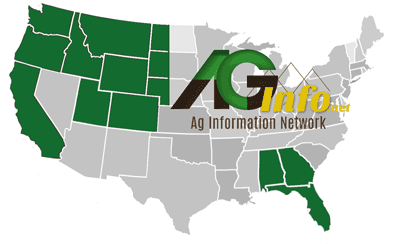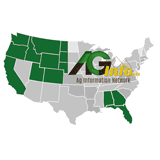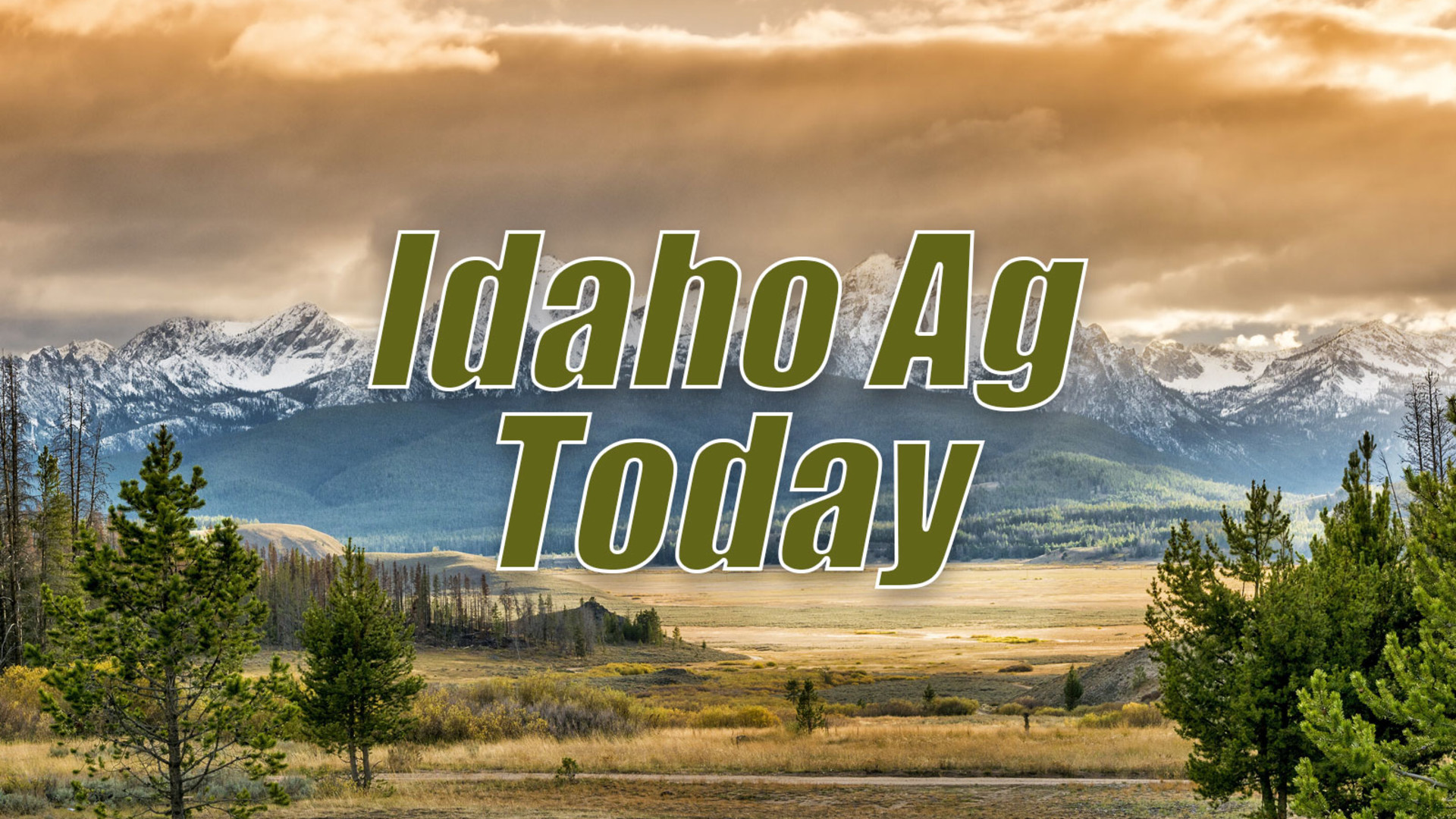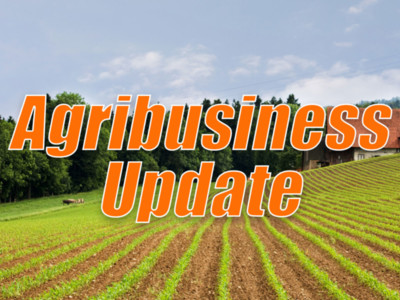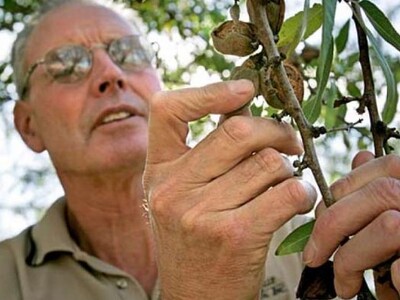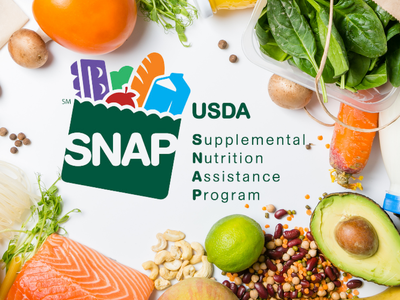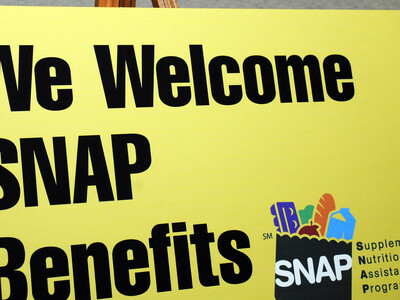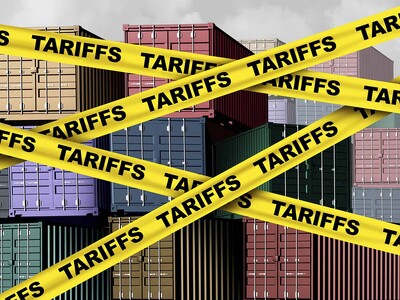What is Coliform
Coliforms are a group of bacteria commonly found in the environment, including soil, surface water, vegetation and the intestinal tracts of warm-blooded animals. Detection of coliforms is used as a general indicator of sanitary conditions in dairy production and processing environments. It sort of reminds one of the canary in the mine or the food taster for the king…there’s an allowable level of bacteria…but it’s not necessarily bad bacteria…although it could be depending on what kind of coliform. Here’s John Anderson, a Laboratory Evaluation Officer for the USDA who tests all kinds of dairy products. “The main 3 are those escherischias or the e-coli’s, the clepsiellas and then the enterobacters so there’s like 3 different groups. So they’re all in what we call the coliform group. What we’re looking for in there is growth, a pink colony and a gas bubble around it.”
